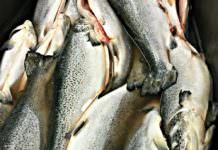by guest blogger Chef Eben Copple,
 Hunting and gathering – survival at its most elemental. See something you want, eat it. For some reason, this simple act – an integral part of our existence – now seems odd to people. When I tell people that I foraged for nettles, say, by the riverside, and that they are now in the food they are eating, they tend to look at me with a mixture of skepticism, horror, and amusement.
Hunting and gathering – survival at its most elemental. See something you want, eat it. For some reason, this simple act – an integral part of our existence – now seems odd to people. When I tell people that I foraged for nettles, say, by the riverside, and that they are now in the food they are eating, they tend to look at me with a mixture of skepticism, horror, and amusement.
I know there’s a disconnect between people and the land, but I didn’t know how deep it had gotten until foraging became hip, a trend. Trends in food typically show me what people think is novel (read as, ‘Would never do this’) at any given time. A few years ago it was foam and serving bowls of soup on little pillows filled with scented smoke. Now, it seems, it’s foraging for menu ingredients. I hate to seem like a bandwagon jumper, but I come by it honestly.
I’ve been foraging in some form or another since I was a little boy. My parents used to take me out in the spring after a heavy rain to look for morel mushrooms. They always knew just when to go because we always found an enormous amount of them. Shopping bags full. That idea kind of boggles my mind since they’re so expensive to buy now, but it’s the truth. We’d take them home, clean them, then fry them up coated in cracker crumbs. That flavor became one of the formative tastes of my young life, and is something I think of often as a chef.
Lately I’ve been foraging when the weather turns nice and the green starts to come back to the trees and the ground. This is when the ramps emerge. Ramps are one of my favorite things and they grow abundantly in this area. The place where I go to pick them is, honestly, nearly 20 acres of solid ramps covering the forest floor. Most people would just step over them, or most likely right on them, without ever knowing how great they are (or that you have to pay $12 a pound for them from someone else). Another thing that grows nearly everywhere around here are stinging nettles. In the spring you will find both of those things all over my menus, and if you see them, you can bet I went out and got them myself.
If you want to go foraging for your own foods, it’s vital that you know what you’re looking for. You can buy a book to help identify plants that are safe to consume, but most of those are still not so very tasty (willow bark = aspirin, by the way). It’s better for a beginner to go with someone who has some experience and get to know one or two plants really well so that when you see them, they stick out to you without any doubt. Don’t just start grabbing things that look yummy and sticking them in your gob. You will get sick, potentially very sick. Just stick to a couple of things you know and go looking for them on walks.
I like to go out every week, long before anything is even ready to pick, just so I can check out the life cycle of the plants. Different plants are useful at different times. It all depends on whether you eat their shoots, leaves, stalks, or root. Some plants will have delicious parts right next to poisonous parts (rhubarb is a good example of this; the leaves are mildly toxic). Take care and, most of all, remember that this is how we were built to survive. This is no trend. It’s not hip any more than breathing and learning to swim. It’s our species’ birthright and you ought to try it sometime.
 Eben Copple has been the Executive Chef at the Yardley Inn Restaurant & Bar in Yardley, PA since 2007. In addition to his traditional role, Copple participates avidly in crafting the cuisine for themed wine dinners, beer dinners, and other special events. Drawing on a rich and storied background, Copple brings a sense of subtlety and a respect for clean, simple flavors to the Yardley Inn. He is a strong supporter of buying and growing locally, ensuring ingredients are fresh and natural for the most savory taste and health benefits. For more information about the Yardley Inn, see www.yardleyinn.com.
Eben Copple has been the Executive Chef at the Yardley Inn Restaurant & Bar in Yardley, PA since 2007. In addition to his traditional role, Copple participates avidly in crafting the cuisine for themed wine dinners, beer dinners, and other special events. Drawing on a rich and storied background, Copple brings a sense of subtlety and a respect for clean, simple flavors to the Yardley Inn. He is a strong supporter of buying and growing locally, ensuring ingredients are fresh and natural for the most savory taste and health benefits. For more information about the Yardley Inn, see www.yardleyinn.com.
Interested in more about ramps? Read our post, Ramping it up, here.
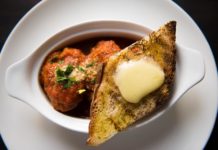
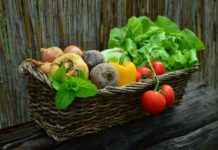
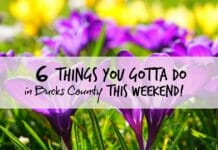
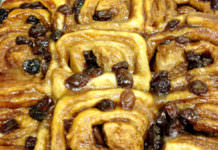
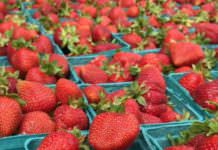
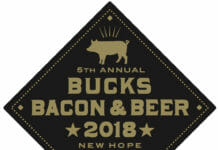
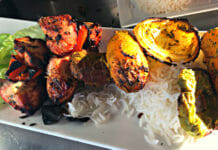
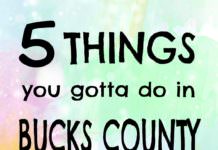
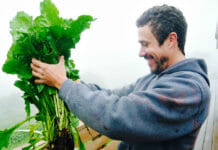
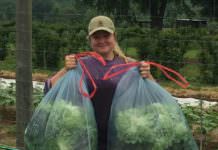
![What we’re reading [Oct 16 2017]](https://www.buckscountytaste.com/wp-content/uploads/2017/10/coffee_macbook_reading_pexels-photo-414630-218x150.jpeg)
